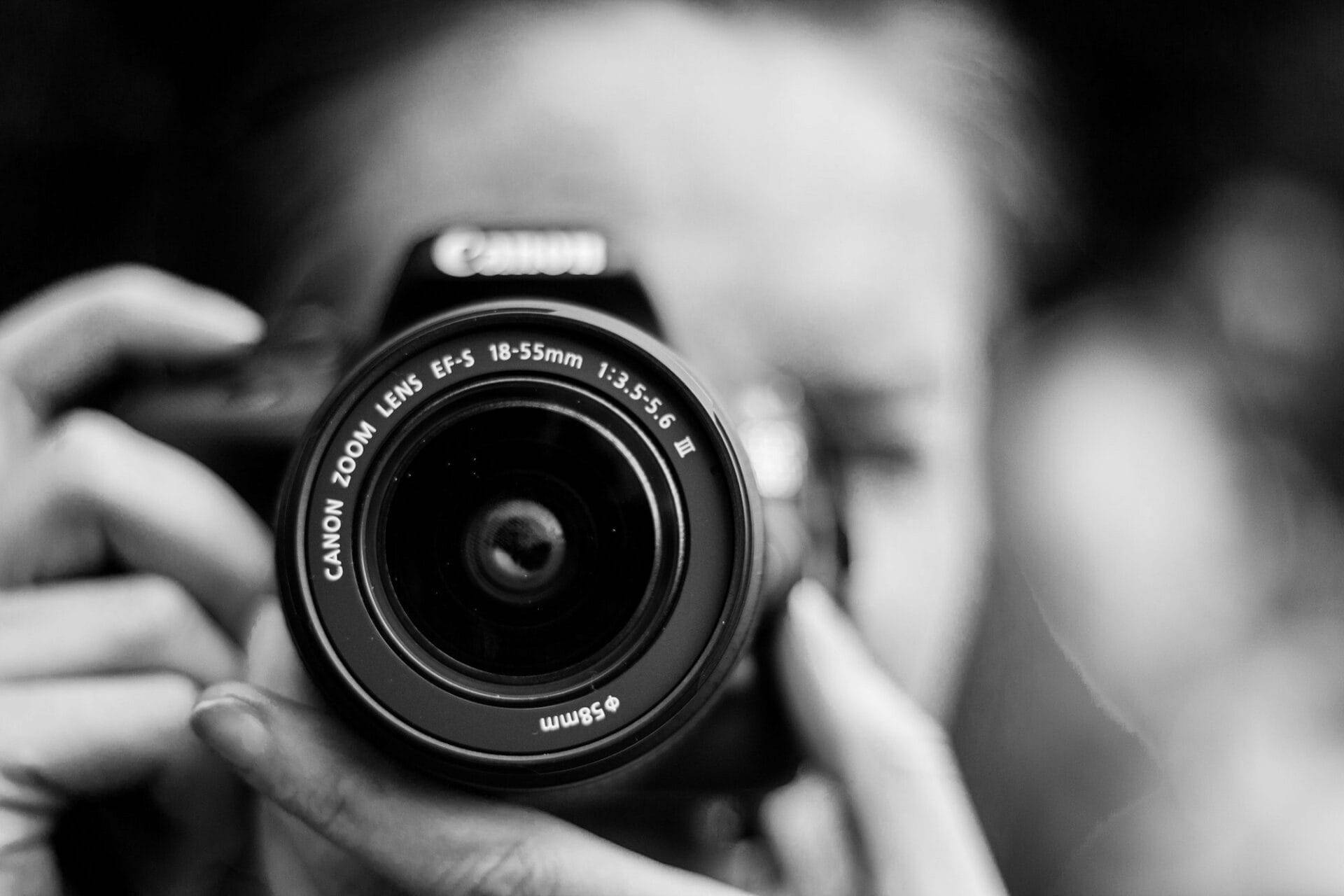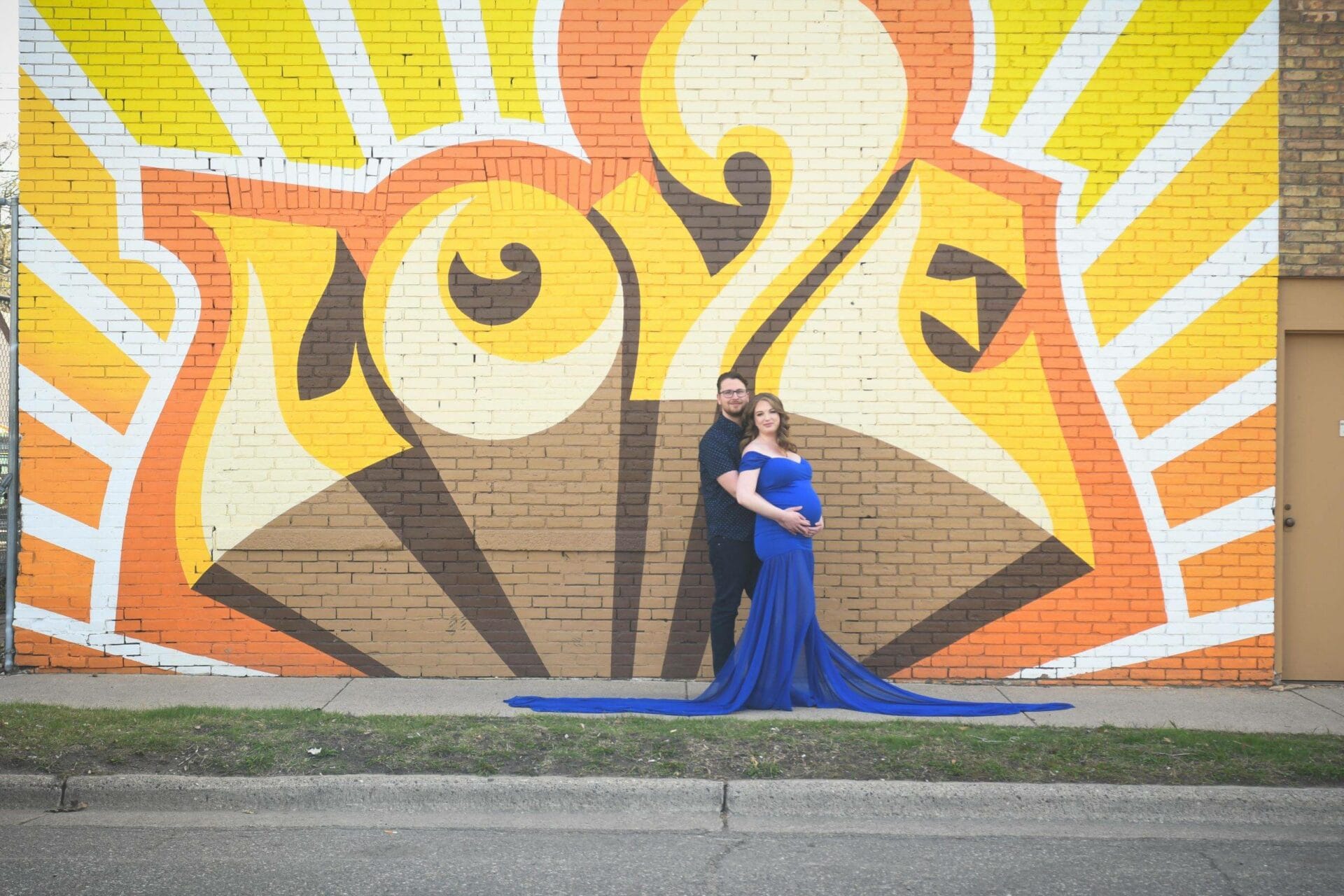Starting out in photography is a thrilling adventure filled with endless possibilities. As someone who's been in the field for 20 years, I can tell you that it's a journey of constant learning and discovery. Along the way, every photographer, including myself, has made their fair share of mistakes. The good news is that each mistake is an opportunity to learn and improve. Today, I’m sharing some common mistakes that new photographers make and how you can avoid them. Think of this as advice from a friend who’s been there, done that, and wants to help you get the most out of your photography.
1. Not Understanding Your Camera Settings
When I first got my DSLR, I remember feeling overwhelmed by all the buttons and settings. It was tempting to stick to auto mode because it felt safe and easy. But relying too much on auto mode can limit your creative control. To truly grow as a photographer, it's essential to understand your camera’s manual settings – ISO, aperture, and shutter speed. These elements of the exposure triangle allow you to take control of your photography. Start by playing around with these settings in different lighting conditions. You might end up with some not-so-great shots initially, but that’s part of the learning process. The more you experiment, the more you'll understand how each setting affects your images. There are tons of online tutorials and guides that can help you get started. Trust me, once you get the hang of it, you’ll wonder why you ever stuck to auto mode.
2. Ignoring Composition Rules
One of the earliest lessons I learned was the importance of composition. My initial photos were often cluttered and lacked focus, making them less engaging. Good composition is like the foundation of a great photo. It guides the viewer's eye and creates a more compelling image. The rule of thirds is a fantastic starting point – imagine your frame divided into nine equal parts and place key elements along these lines or at their intersections. This simple technique can drastically improve the balance and interest in your photos. Other composition techniques to explore include leading lines, which draw the viewer’s eye through the image, and framing, which uses elements within the scene to frame your subject. Practicing these techniques regularly will help you develop an intuitive sense of composition.
3. Poor Focus
Achieving sharp focus can be challenging, especially when you're just starting out. I can't count the number of times I thought I had the perfect shot, only to find it was slightly blurry. Focus issues are often due to using the wrong focus mode or points. For static subjects like portraits, single-point autofocus is usually the best choice, as it allows you to lock focus precisely on the eyes. For moving subjects, continuous autofocus can help track the movement and keep the subject in focus. Take some time to understand the different focus modes your camera offers and practice using them in various scenarios. This will significantly reduce the number of out-of-focus shots you take.
4. Incorrect Exposure
Getting the exposure right is one of the trickiest parts of photography. I’ve had my share of photos that were either too bright or too dark, often because I didn’t fully grasp the exposure triangle. ISO controls your camera’s sensitivity to light, aperture affects the depth of field, and shutter speed determines how motion is captured. Balancing these three settings is crucial for a well-exposed photo. Practice adjusting these settings manually and observe how they interact with each other. Use your camera’s exposure meter as a guide, but also trust your instincts. Over time, you’ll develop a better sense of how to achieve the perfect exposure in any situation.
5. Not Using a Tripod
Early in my career, I underestimated the importance of a tripod. I thought it was something only professionals used, but I quickly learned that a tripod is invaluable for achieving sharp images, especially in low light or with long exposures. Camera shake can ruin an otherwise great shot, and a tripod provides the stability needed to avoid this. Invest in a sturdy tripod that’s easy to carry around. It’s especially useful for landscape photography, night shots, and any situation where you need to keep the camera steady. Using a tripod can also give you more creative freedom, allowing you to experiment with long exposures and other techniques.
6. Overediting Photos
I remember the phase when I discovered editing software and went overboard with filters and effects. It’s easy to get carried away, but overediting can make your photos look unnatural and overly processed. The key to good editing is subtlety. Focus on enhancing your photos rather than transforming them completely. Start with basic adjustments like exposure, contrast, and color balance. Use filters sparingly and avoid extreme changes that alter the original feel of the image. A light touch can go a long way in making your photos look polished while retaining their natural beauty.
7. Ignoring Lighting Conditions
Lighting is one of the most crucial elements of photography. Poor lighting can make your photos look flat and uninteresting. I’ve had my share of dark, grainy images because I didn’t pay attention to the light. Learning to work with both natural and artificial light can dramatically improve your photos. Shoot during the golden hours – early morning and late afternoon – when the light is soft and warm. If you’re shooting indoors, use windows as natural light sources and consider investing in reflectors or artificial lights to enhance your setup. Understanding how to manipulate light will help you create more dynamic and visually appealing images.
8. Neglecting Backgrounds
A cluttered or distracting background can ruin an otherwise great shot. Early on, I often focused solely on my subject and overlooked the background, resulting in photos that felt messy. Pay attention to what’s behind your subject and look for clean, simple backgrounds that won’t distract from the main focus of the image. Sometimes, a slight change in angle or position can make a huge difference. If you can’t avoid a busy background, use a wide aperture to blur it out and keep the focus on your subject.
9. Not Backing Up Photos
One of the worst feelings is losing your photos because you didn’t back them up. I learned this lesson the hard way when a memory card failed on me. To avoid this, develop a regular backup routine. Use external hard drives, cloud storage, or both to ensure your photos are safe. It might seem like an extra step, but it’s worth the peace of mind knowing your work is protected.
10. Lack of Practice and Patience
Photography is a skill that takes time to develop. It’s easy to get discouraged if you don’t see immediate results, but remember that every great photographer started as a beginner. The key is to practice regularly and be patient with yourself. Don’t be afraid to make mistakes – they’re opportunities to learn and grow. Keep shooting, experimenting, and exploring different styles and techniques. Over time, you’ll see improvement in your work and gain more confidence in your abilities.
Conclusion
Photography is a rewarding and fulfilling hobby that offers endless opportunities for creativity and expression. By understanding and avoiding these common mistakes, you’ll be well on your way to taking better photos and developing your unique style. Remember, every photographer, no matter how experienced, started as a beginner. Embrace the learning process, practice regularly, and most importantly, enjoy the journey. Happy shooting!
If you’re ready to take your photography skills to the next level, consider signing up for one of our online courses or personalized mentoring sessions. With over 20 years of experience, I’m here to help you navigate the intricacies of photography, from mastering your camera settings to perfecting your composition and lighting techniques. Whether you’re a complete beginner or looking to refine your skills, our tailored programs offer comprehensive, hands-on learning that fits your schedule. Join our community of passionate photographers and start your journey toward capturing stunning images today. Click here to learn more and sign up for a course that suits your needs. Let’s make your photography dreams a reality!





